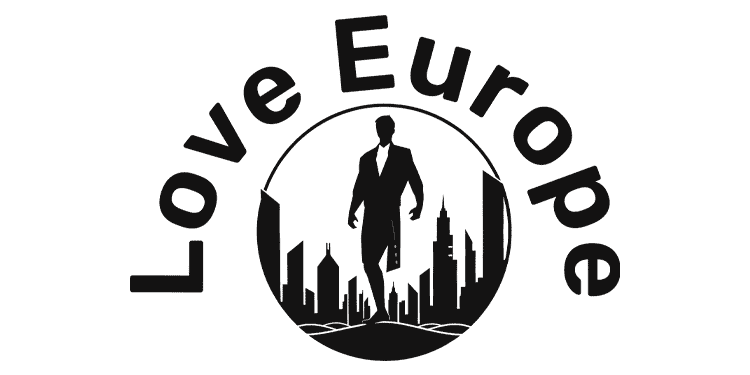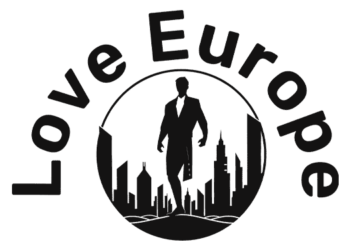A tragedy is in the making for EU economic policy if a misleading conclusion drawn from former European Central Bank president Mario Draghi’s recent productivity report is cemented. This is the paralysing belief that Europe will fall hopelessly behind the US in innovation unless it finds hundreds of billions in additional public subsidies – which politicians who pride themselves on their realism rush to dismiss as impossible.
Draghi’s analysis is of course a lot more sophisticated than that. But where do the sources of the EU’s innovation gap really lie? A good place to start is a recent study of “how to escape the middle technology trap” by the European Policy Analysis Group.
It starts with the important fact that the EU subsidises innovation as much as the US. In both, public spending on research and development is about 0.7 per cent of their GDP. So this can’t explain America’s innovation advantage. R&D spending by private businesses, however, is almost twice as high in the US as it is in the EU (2.3 per cent versus 1.2 per cent of GDP).
Until recently, sector-specific ratios of R&D to revenue were the same on both sides of the Atlantic. But a much larger slice of the US economy is occupied by high-tech sectors, especially pharma and biotech, software, and aerospace and defence. In addition, R&D intensity rates in US high-tech sectors themselves have been pulling ahead of the EU’s in the past decade. But still, 60 per cent of the private R&D spending gap is accounted for by sectoral composition.
Strikingly, the study points out that the US’s three largest private R&D spenders changed from Ford, Pfizer and GM at the start of the millennium to Alphabet, Meta and Microsoft today (in between, Intel also featured in the top three).
In the EU, they were Mercedes-Benz, VW and Siemens then, and are VW, Mercedes-Benz and Bosch today. This shows two things: that new companies muscle out old giants faster in the US than in the EU; and that Europe has a particular attachment to the automotive sector.
Simply put, the US does more R&D than the EU because it does more private R&D in frontier sectors. It does so because frontier sectors become a bigger share of the economy – and no doubt they become a bigger share because there is more R&D spending on them. The US is enjoying a virtuous cycle, while the EU is caught in a mid-tech trap. This is what policy needs to fix.
The reasons why high-tech sectors are bigger in the US are not necessarily to be emulated. An extortionate health payment system and vast military-industrial complex support huge pharma and aerospace and defence markets. But take software: why is software development so much smaller in Europe? (The sectoral value added of information and communication technology is twice as large in the US as in the EU.)
It is obviously not because Europe lacks innovative ability in software. That much is clear from the existence of Linux, Skype, Spotify and X-Road (the distributed information exchange platform underpinning Estonia’s digital government infrastructure). And while the aforementioned report has good ideas on how to improve Europe’s public funding for innovative technology, poorly targeted subsidies are not the likely reason for a small software sector.
We may get closer to the answer by asking different questions. Why isn’t every EU government – and the EU itself – as digitally sophisticated as Estonia’s? Why is so much of Europe using US-made software instead of EU-manufactured alternatives? Why do the bloc’s Skypes and Spotifys find it easier to go to the US to expand both their funding and their business?
These failures have less to do with common EU subsidies than with a lack of coherent policy planning.
Smarter, co-ordinated procurement policy could establish EU-wide interconnected digital platforms on everything from Estonian style e-government (Finland and Estonia have connected theirs) to payment systems, where a programmable digital euro could be transformative for European fintech. Take as inspiration the EU’s swift and successful development of something as politically sensitive as a digital vaccine passport trusted across the bloc.
Regulatory policy could make it easier for start-ups to access enough funding and scale up in the EU’s single market by creating a streamlined pan-European start-up entity – the “EU Inc” now demanded by some of the continent’s most successful start-up founders – through a “28th regime” of corporate law.
If smart combinations of procurement and regulation created a much bigger home market for EU software, a bigger, hungrier and more risk-loving industry would surely follow – and with it the desired innovation catch-up.
– Copyright The Financial Times Limited 2024
Source link : http://www.bing.com/news/apiclick.aspx?ref=FexRss&aid=&tid=673ef0225a444550b1246a8f8e4364f9&url=https%3A%2F%2Fwww.irishtimes.com%2Fbusiness%2Finnovation%2F2024%2F11%2F21%2Fhow-can-europe-close-its-innovation-gap-with-the-us-by-taking-a-digital-leap-forward%2F&c=13613143794169640731&mkt=de-de
Author :
Publish date : 2024-11-20 21:04:00
Copyright for syndicated content belongs to the linked Source.


